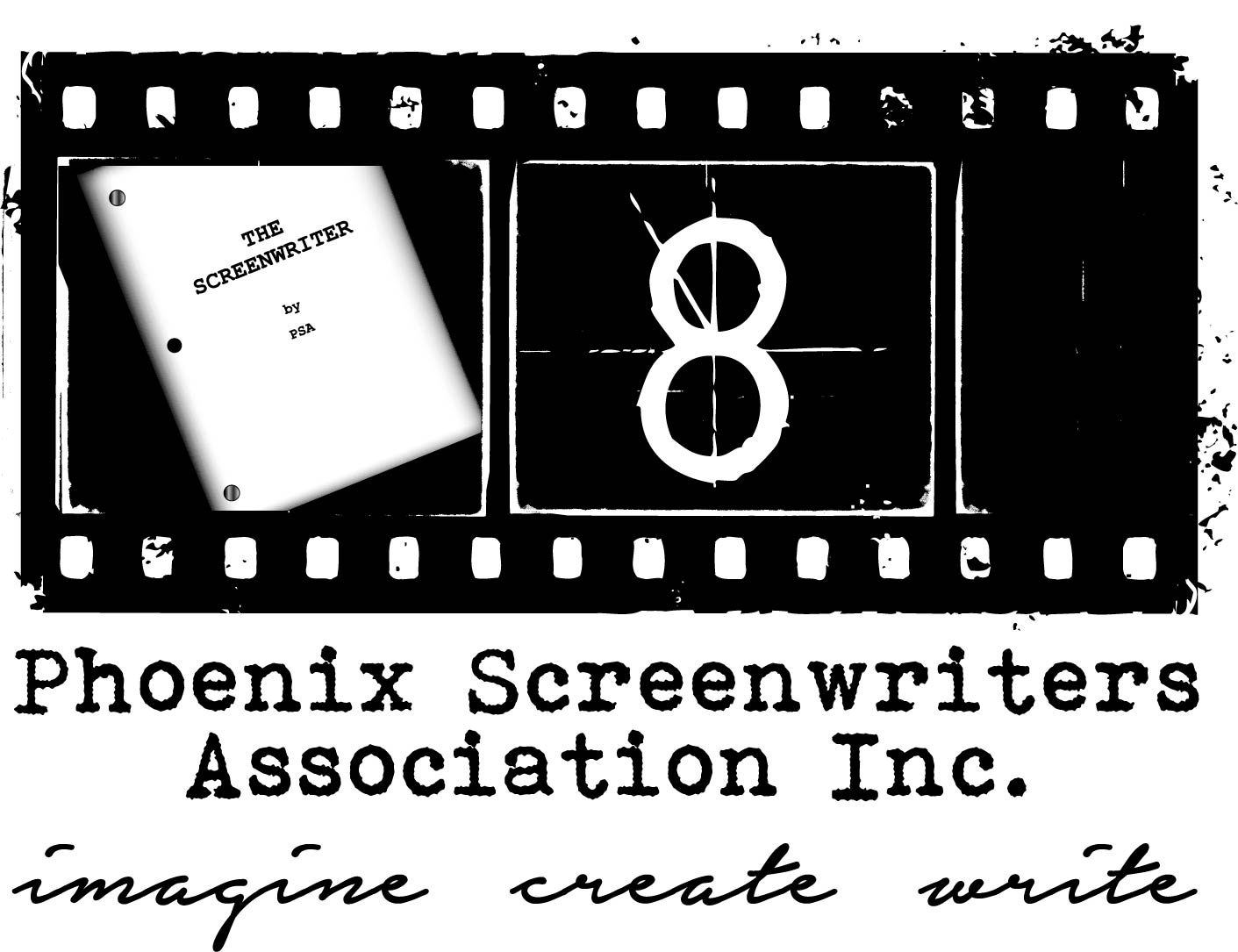 I fell into script supervision after a series of collaborative short films with some fellow writers. Keeping track of all of the scenes and shots was a big deal, even for short projects, and especially when we had a tight editing window.
I fell into script supervision after a series of collaborative short films with some fellow writers. Keeping track of all of the scenes and shots was a big deal, even for short projects, and especially when we had a tight editing window.
Just a few years into my adventures in filmmaking, I was offered the job of script supervisor on an indie feature film. Since I was already more than comfortable wrapping my head around the specialized structure of movie scripts, I thought, “Sure. Why not?”
The project was a horror film shot entirely at the Vulture City Ghost Town in Wickenburg. You would think that a single location would be a simple sequence to keep track of. But recall that films are rarely shot in script scene sequence. Rather, they’re chopped up based on specific locations and setups.
Vulture City is on a broad expanse of dusty, barren acreage. Several structures dot the landscape, and they’re an easy walking distance from each other — unless you’re a crew of 30 with a ton of fragile camera gear. So the strategy was to shoot pretty much all of the scenes associated with one particular structure, and then move on to the next interesting edifice. To facilitate that, the script was written in the intended shooting order. This may appear to be “bass-ackwards” but the ploy actually worked, as the entire movie was one big chase scene.
Location moves may be the most expensive elements of a project. This is why lower budget movies stress limited locales. You can contain your script without sacrificing locations by considering locations that could do double duty as other places. Of course, you cannot rely on the future Director to make use of your clever cost-saving literary device. But it’s still a good strategy to contain your world on paper, and let the production keep its options open, based on budget constraints.
Your description of the scene need not contain more than a general impression of the locale — perhaps only what you’ve written in the slugline — and an indication of each significant prop. Remember that any piece of set dressing is considered a prop if it serves a specific purpose in the plot of the story. On set, all identified props must be in their correct current condition and positioning (continuity) on the set. Continuity begins with the screenwriter and ends with the editor.
Even when shooting in sequence, action may necessarily bounce back and forth between two (or more!) locations. It builds tension and complexity, while maintaining a continuous flow of time. This is a perfect opportunity to make these scenes tight, tight, tight! The mantra “jump in late and jump out early” matters more than ever if you want to give this sequence a strong sense of urgency and continuity.
Back at Vulture City, one of our main characters had to make a long speech in a sort of archaic language — English, but with antiquated words and phrases. One such phrase was “bestowed upon”. Common enough, I thought, but the actor kept pronouncing “bestow” as if it rhymed with “now” or “plow”. Of course, “bestow” simply rhymes with “stow”, “tow” and “low”. The problem was that, in order to remember this intricate speech, the actor had already burned it into his memory with the incorrect pronunciation. As the script supervisor, it was my job to let him know of the mistake so that subsequent takes would have him saying it correctly.
Trooper that he was, the man tried and tried to unlearn what he’d memorized, only to ruin take after take. I made a notation next to the best take and felt happy that it worked out, only to watch the final movie a few months later and see that the editor chose a much earlier take, in which the character “bes-TAO-ed” the incorrect pronunciation upon us anyway.
This episode helps exemplify the challenges that actors may have in deciphering your eloquent attempts to be authentic and impactful. Consider also the 170-word monologue delivered with no cutaways by a classically trained stage actor at the start of my last feature film. (I was not script supervisor; I was producer.) Although, in that case, the scripty would have little to do but cross their fingers and hope for the best. Luckily, performance on the stage prepares one for such rare feats of memory and perseverance.
It was a really good scene, executed perfectly by the 78-year old actor, but your takeaway is to have some sympathy for the performers. The occasional long speech is a good mechanism to slow down the pace and amp up expectations. However, long-windedness is not usually an enviable attribute. That’s why it’s always the villain that gets to run off at the mouth.
Being the script supervisor, especially on a feature film, allows you to draw direct correlations between the words on the page, and the production process. The examples I’ve given are just the tip of the iceberg. You can experience many dozens of moments of clarity throughout the process. All of these individual moments have the potential to make you a better screenwriter.
P.S. As it turned out, that first big gig kicked off one of the most rewarding chapters of my career as a filmmaker. In fact, to this day, even though I claim to be fully retired, I don’t think I would turn down a “scripty” job. I simply like it too much. You might like it too.
About Joe Gruberman:
Joe Gruberman is an Arizona-based writer, educator, and award-winning multimedia producer. His latest two films, ELEVEN ELEVEN and RAISING BUCHANAN, are available on most streaming platforms.
